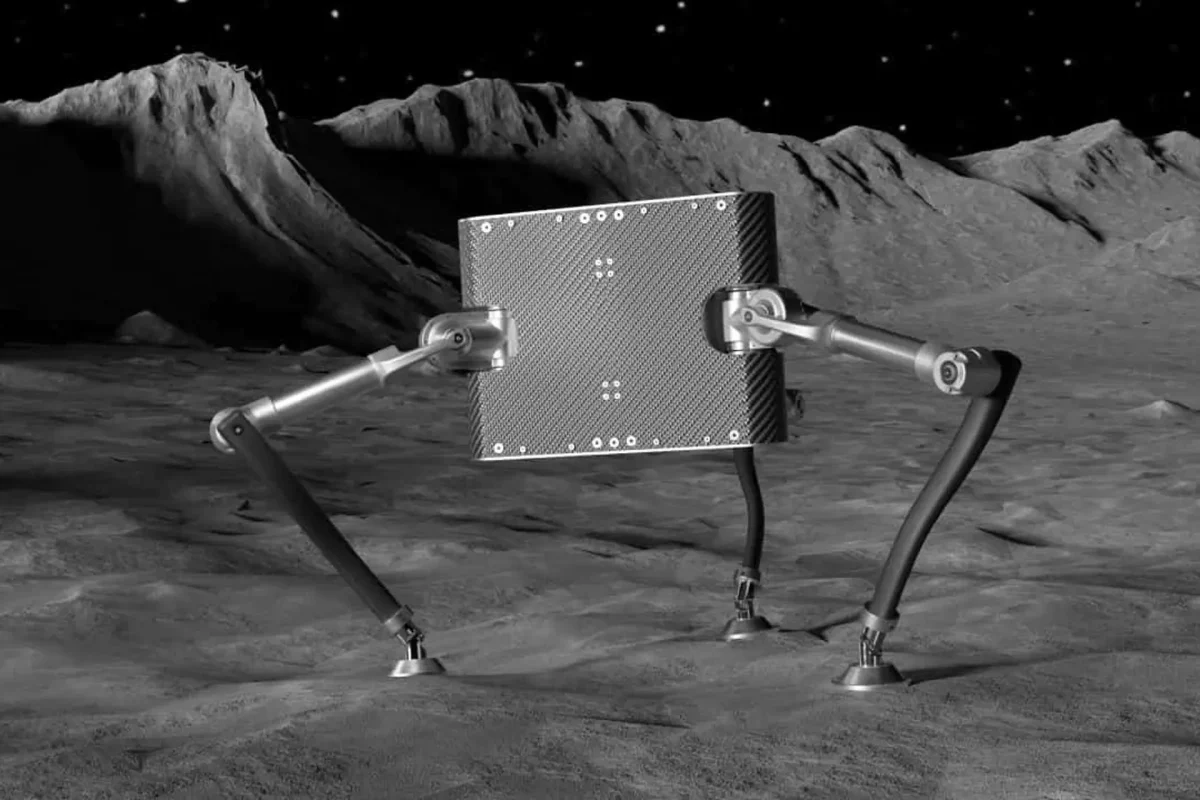Humans living on the moon may become a reality much sooner than expected. However, living on the moon comes with many challenges. The high levels of radiation, harsh temperatures, and large amounts of colliding space debris make the surface of the moon objectively inhabitable. Fortunately, the moon has natural structures called skylights, pits formed by lava when the moon was still a ball of magma. These skylights are sunken deep into the moon’s surface, protecting from the harsh weather. From this, it can be concluded these skylights would be favorable locations for human settlement if there was a way to protect against solar radiation and space debris.
Because of the way that these skylights formed – from streams of lava – it is not unreasonable to hypothesize that these skylights are openings to deep and protective cave systems. If this were the case, humans would be able to build their moon civilizations in these caves and be protected from all the negative factors that inhibit us from living on the surface. With this, there needs to be a way to test if these skylights are openings to cave systems. Students at ETH Zurich found a way to test this hypothesis–with jumping space robots!
A three-legged jumping space robot is now being used to scan for underground cave systems on the moon. When SpaceHopper approaches a hole it uses radar technology to generate underground images. With these images, scientists can determine whether or not there are tunnels under the ground. With this information, researchers can decide whether or not human structures will be able to fit inside the tunnels. If structurally sound and habitable tunnels eventually are found, humans will be able to live and thrive in the subsurface environment of the moon.
In conclusion, SpaceHopper can be used to determine whether or not there are caves connected to these skylights. With the data retrieved from SpaceHopper, scientists can then determine whether any caves are present, and if these caves are large enough for humans to inhabit them. Sending astronauts to the moon permanently is coming close, and the efforts of the scientists and engineers behind SpaceHopper are bringing it closer!









